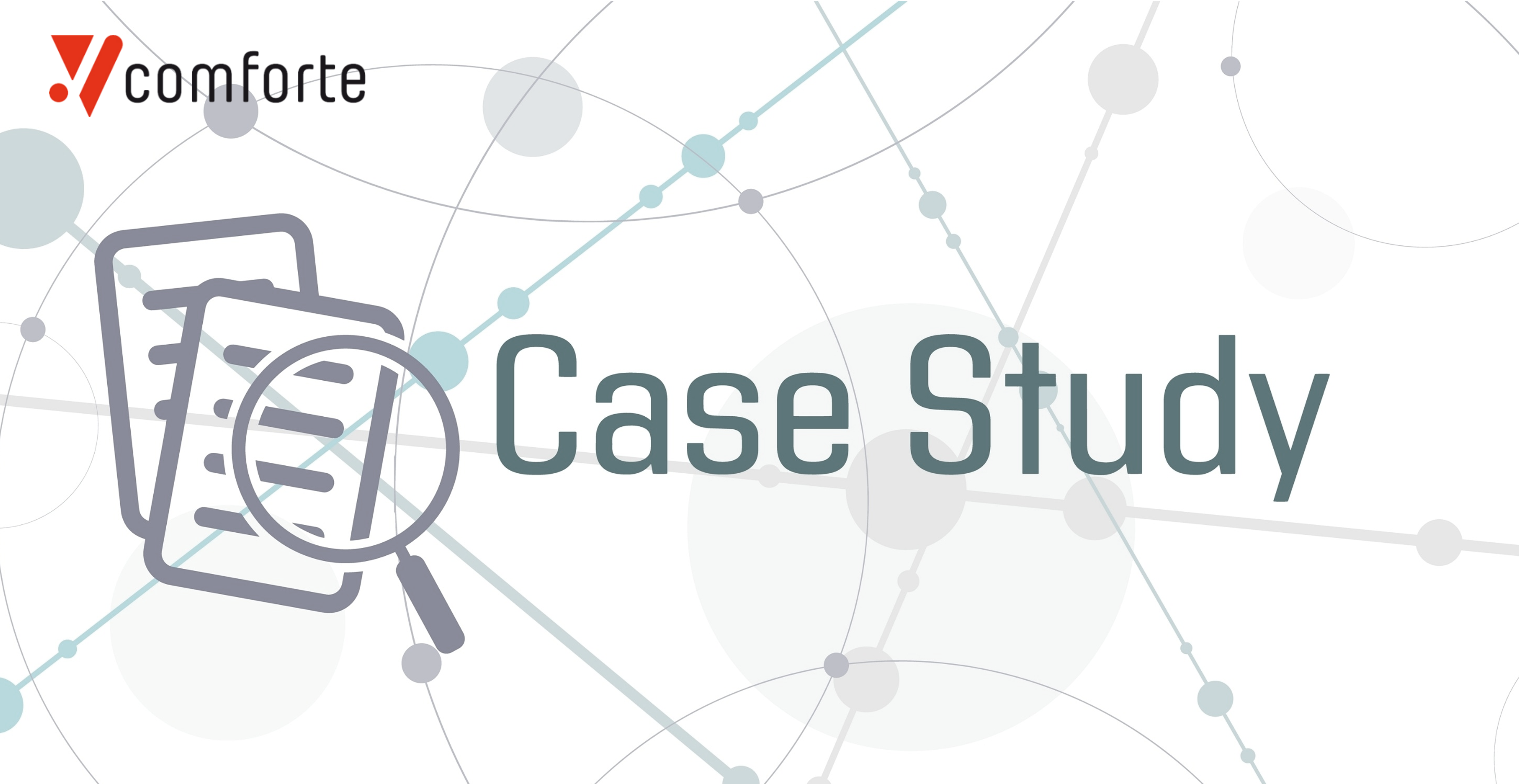The only way to break the endless cycles of data breaches is to learn from the past. Businesses are best prepared to take on future cybersecurity threats when they reflect on what they’ve dealt with so far and make an honest assessment of which countermeasures were successful and which were not. Let’s look at a few of the latest trends in both technology and society that will affect cybersecurity in 2020 and beyond.
tl;dr? Watch the video here.
How have things changed?
The biggest change the industry has gone through is how we share and provide IT services. We have moved past the trend of virtualization, embracing the many affordances that the cloud provides. Containerization is emerging as a key technology, changing how we think about IT services, allowing teams to operate quickly and efficiently on unprecedented scales. However, despite the obvious benefits to cloud migration, putting large amounts of data in one place creates a tempting target for cybercriminals. As the value of data sets increases, so too does the importance of securing them.
Over the past few years, we have spoken to teams that realize they have a problem, but not the tools to rectify it. This may be due to the rapid rate of technological advancements rendering many legacy options redundant. If you don’t update your tools and methods, then you and your data will both be left with a false sense of security. There is no point in spending money on tools that don’t protect you.
What to look out for in 2020?
1. The Internet of New Attack Vectors
One of the biggest changes, and therefore challenges, that IT professionals will be dealing with is the growing market of IoT devices. The rise of IoT devices means the volume of data generated (and in need of protection) will increase exponentially. As potential attack vectors and the volume of data being processed increases, attacks will become more sophisticated as hackers seek to circumnavigate existing security practices.
2. Growing Awareness of Data Privacy
Over the next 10 to 15 years, our sense of privacy as we know it today will be altered entirely. There are two main drivers at play here. The first is that the need to share data about ourselves will transcend all generational gaps and become a general necessity to interact with people, devices, and services instead of being just a social gimmick. The second is the growing number of headlines surrounding data privacy, whether they're about regulatory standards like GDPR or high-profile incidents like the Facebook and Cambridge Analytica scandal. These will raise awareness about the injustice of privacy violations since everyone will realize they're at risk and will be impacted personally.
3. Artificial Intelligence
IT capabilities will most likely become more dynamic as machine learning and AI come into force, changing a lot of routine human jobs and activities. Hopefully this will result in less human error and contribute to a safer environment for data. What is certain is that attacks will continue to be just as personal and even more persistent as regulation begins to dictate higher levels of protection. However, this means as an industry we will have to continue to evolve security standards as criminals become more resilient to traditional methods of security.
This combination of factors places the onus on companies that process and store data as they must begin to protect information and data more securely, right from the first point of contact. The best way to ensure security in the oncoming years is to secure data at all stages of its life, sooner rather than later, and no matter if it's in house, in the cloud, or both.






